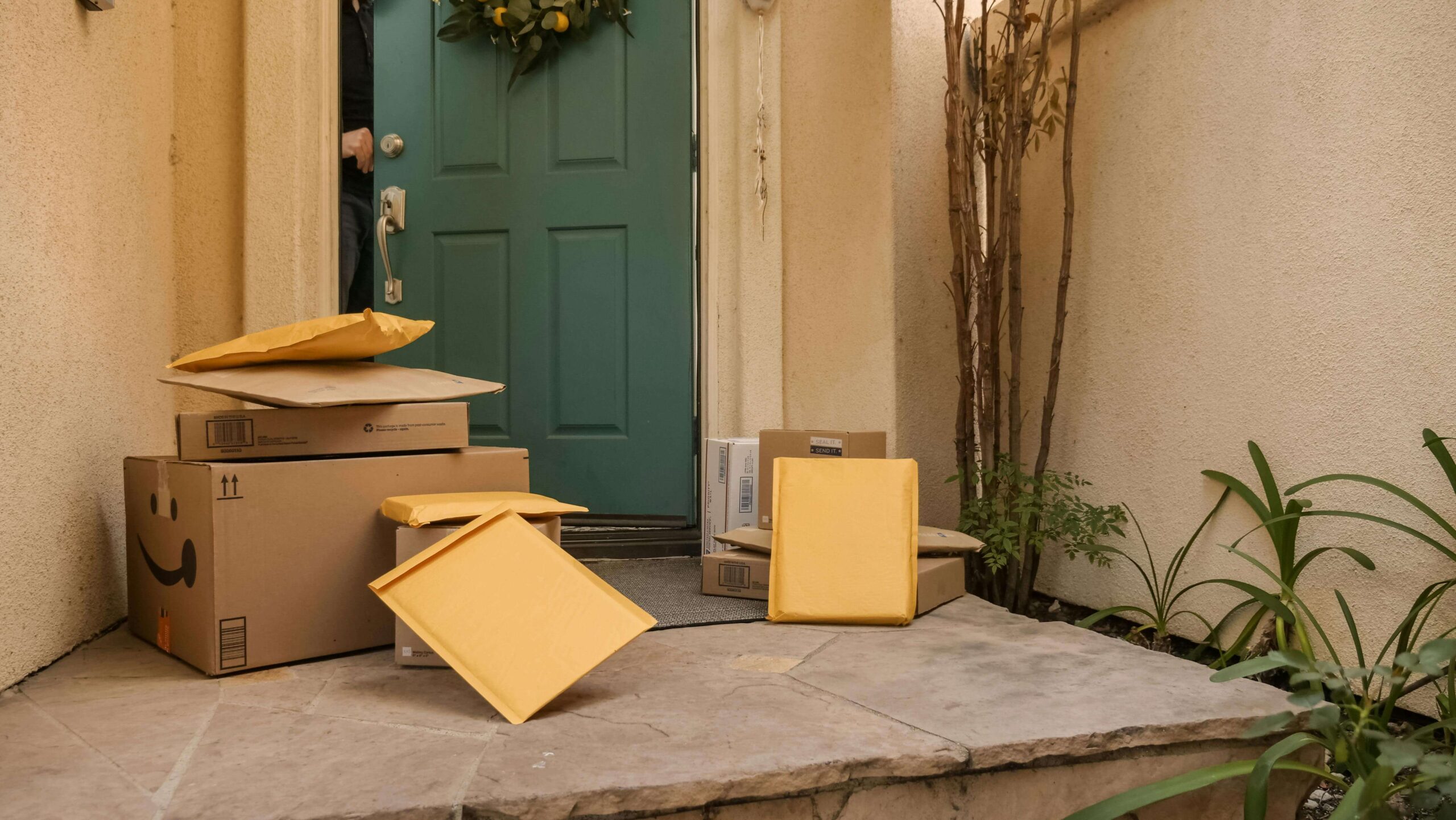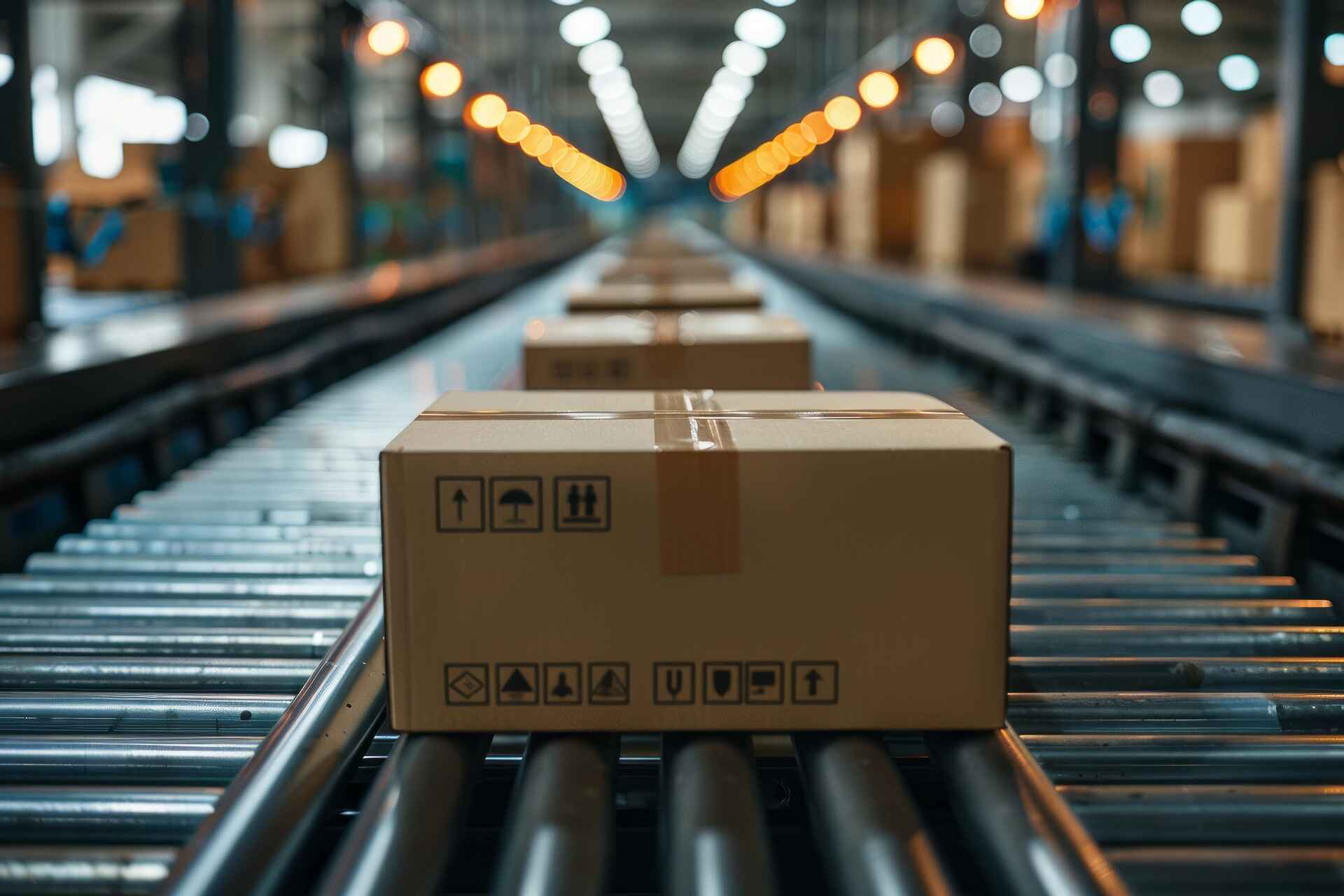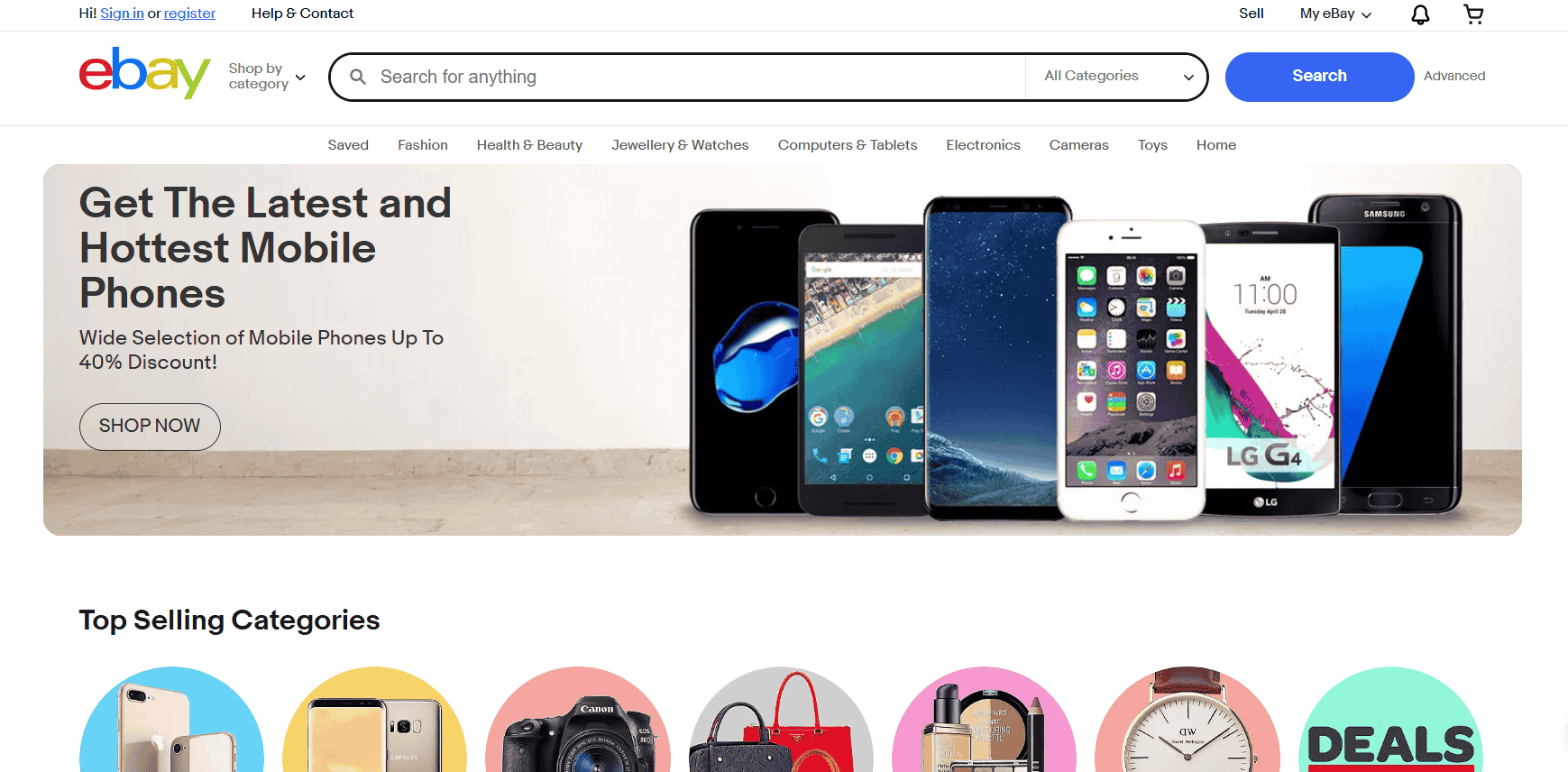If you’ve ever lost a sale because of shipping costs or delays, you’re not alone. I’ve seen it happen over and over again with clients. Shoppers get excited, fill their carts, and then abandon everything at checkout the moment they see the shipping fee or the delivery time.
In ecommerce, shipping is one of the most overlooked parts of running a small online store, even though it’s the final touchpoint before your customer leaves a review or decides whether to come back.
It holds massive power over customer satisfaction, reviews, and repeat purchases. One delayed package or a poorly packed order can undo weeks of solid marketing. I’ve worked with dozens of online sellers, from niche jewelry brands to booming skincare shops, and I can tell you that what works for one store won’t always work for another.
-
Shipping directly affects customer satisfaction, reviews, and repeat purchases, so it needs a clear and reliable strategy.
-
USPS, UPS, FedEx, DHL, and regional couriers each have strengths depending on your product type, location, and delivery needs.
-
Using shipping software like Shippo, ShipStation, Pirate Ship, or Easyship can save time, reduce errors, and unlock discounted rates.
-
Offering free shipping above a certain order threshold can boost conversions, but only if you’ve factored it into your pricing.
-
Clear tracking, strong packaging, realistic delivery times, and a simple return policy are essential for keeping customers happy and loyal.
Your product type, your margins, and your audience all shape the right strategy for you. But after comparing hundreds of orders and testing different couriers and shipping software, I’ve seen clear winners when it comes to balancing cost, speed, and convenience.
And in 2025, with customer expectations higher than ever, you need a shipping plan that holds up.
Why Shipping Can Make or Break Your Store
More than 60% of online shoppers will abandon their carts if the shipping fee is too high. That’s not a guess—it’s what Statista confirmed after surveying thousands of global consumers.
And nearly 70% of shoppers expect two-day delivery, thanks to Amazon raising the bar. These are the standards you’re now competing with, even if you’re a one-person store shipping from your garage.
That means your shipping setup has to meet expectations and protect your bottom line. I’ve seen sellers spend weeks building beautiful websites and running ads, only to lose customers because their shipping options weren’t competitive.
Some didn’t offer tracking. Others had confusing delivery windows or surprise fees that popped up at checkout. Shipping isn’t only logistics. It affects your reviews, your return rate, your profit margins, and even your ad performance.
A buyer disappointed with delivery is less likely to leave a review, and even if they do, you probably won’t like what they say. A poorly communicated shipping policy can trigger chargebacks. A slow delivery can turn a five-star review into a two-star complaint.
I’ve helped clients fix everything from refund requests due to broken packaging to negative reviews caused by unclear delivery timelines. So if you’re serious about scaling, the shipping part of your business deserves a strategy. One that works not just for your budget, but for your customer’s patience.
What You Should Consider Before Picking a Shipping Option
Before you choose a shipping carrier, you need to look inward. What kinds of products are you shipping? Lightweight jewelry? Oversized bean bags? Perishable snacks?
Each one demands a different approach. A fragile item like a glass tumbler won’t survive the same ride a cotton hoodie can. And frozen goods need completely different logistics compared to books or handmade keychains.
You also need to think about more than just cost. Ask yourself where your customers are located (local, nationwide, or international), your average order weight and size, how often you ship (daily, weekly, monthly), whether you need insurance or tracking, and what your return policy looks like.
I once worked with a client who sold handmade ceramic mugs. Beautiful, high-quality, and wildly popular. But they were getting broken in transit—about one in every ten shipments—even though the packaging looked solid.
After a closer look, we realized the issue wasn’t the packaging. It was the way the packages were being handled by the carrier they were using. We switched to a different carrier known for gentler handling, added insurance, and made a small tweak in box padding.
Their refund rate dropped by 80% in the next quarter. That’s how specific your decision-making should be. What you choose needs to match your product’s reality, not just your ideal budget.
The Best Shipping Carriers for Small Online Stores
Let’s break down the most reliable shipping options for small ecommerce businesses in 2025. These carriers have been tested by thousands of online sellers, and I’ve personally seen how the right one can reduce refunds, boost customer satisfaction, and make your fulfillment process run smoother.
USPS (United States Postal Service)
USPS is a go-to for many small businesses, especially those shipping under 1 lb. It’s affordable, easy to access, and offers decent delivery speeds for domestic orders. Their First-Class Mail and Priority Mail services are cost-effective and widely used by sellers on platforms like Etsy and eBay.
You can use flat rate boxes to simplify costs and avoid surprises at checkout, especially when shipping to multiple zones. Plus, many shipping software platforms offer USPS discounts that can add up fast. I’ve had clients save hundreds per month without changing anything else in their process.
UPS
UPS is great for heavier items or faster shipping. If you’re shipping domestically and want reliable tracking, UPS Ground is solid. The tracking system is detailed and consistent, which makes it easy to answer the dreaded “Where’s my package?” emails.
They also offer small business discounts and excellent customer support that’s actually helpful—no hours spent waiting on hold. One of my clients who sells bulk pet supplies switched to UPS after getting too many complaints about delayed packages.
Within a month, their late delivery issues dropped by half, and the number of support tickets went down with it.
FedEx
FedEx excels in express and international deliveries. If your customers are the kind who want their orders fast—and aren’t afraid to pay for speed—FedEx is the carrier to look at. Their tracking system is highly accurate, and their packaging supplies are free for account holders, which helps you save without cutting corners.
If your business sells high-value items or ships globally, FedEx might be your best bet. I had a Shopify store owner who shipped skincare sets internationally switch to FedEx after customs delays kept ruining the customer experience. The results were immediate—faster delivery, fewer complaints, and better reviews.
DHL
DHL is the international shipping expert. They’ve built their reputation on fast, efficient global logistics. They have a strong global network and handle customs like pros, which matters a lot if you’ve ever lost a package to paperwork. For stores shipping to Europe or Southeast Asia, DHL often outperforms the rest in terms of speed and reliability.
One of my clients selling tech accessories in Singapore said DHL cut their delivery time by four days compared to their previous carrier. That kind of consistency builds trust with international customers and helps you grow faster beyond your home base.

Local and Regional Carriers
Sometimes the best option isn’t a big-name courier. Regional couriers like OnTrac (US West) and Hermes (UK) specialize in last-mile delivery, which means they focus on getting packages from local hubs directly to your customer’s doorstep—quickly and often at a lower cost.
These carriers tend to work in specific service zones, and because they don’t cover the entire country, they’re able to move faster and with more flexibility.
If most of your customers are local, these options can be faster and cheaper. I once worked with a clothing brand based in California whose entire customer base was spread across just three states.
After switching from a national courier to OnTrac, they shaved nearly two days off their delivery times and saved about 20% on shipping fees. Their customers noticed too—more five-star reviews started coming in, often mentioning how quickly the orders arrived.
Local and regional carriers are especially useful for same-day or next-day delivery in metro areas. Some even offer evening deliveries or real-time driver tracking, which can be a big selling point if your customers value speed and convenience.
It’s definitely worth looking into these carriers if you’re serving a tight geographic area or doing regular local deliveries. The right match can improve your margins and boost customer loyalty at the same time.
Shipping Software Tools That Save You Time and Money
The right shipping software can streamline your entire fulfillment process. It helps you stop guessing, avoid manual errors, and save hours each week—hours you can spend growing your store instead of juggling shipping labels and spreadsheets. Whether you’re shipping ten orders a week or hundreds, these tools can make your workflow smoother and your shipping more affordable.
Here are tools worth exploring:
- Shippo integrates with all major platforms and lets you compare rates in real-time. It’s perfect if you want to see USPS, UPS, and FedEx prices side-by-side before you commit. You can also schedule pickups, track packages, and automate notifications—all from one dashboard.
- ShipStation connects with Amazon, Shopify, Etsy, and more. It automates label creation, tracks inventory, and manages orders in one place. If you’re selling on multiple platforms, ShipStation makes it easy to stay organized without flipping between tabs all day. One of my clients with a growing handmade accessories brand swears by it—especially when sales ramp up during the holidays.
- Pirate Ship is a favorite for USPS users. It’s free, easy to use, and offers deep USPS discounts that are normally reserved for much larger businesses. I’ve seen small shops save up to 30% on shipping just by using Pirate Ship instead of buying postage directly from USPS. No hidden fees, no complex setup—just plug in your order details and print your label.
- Easyship is excellent for international sellers. It shows total landed cost (duties, taxes, shipping) at checkout, which builds trust with global customers. One of my Etsy clients started using Easyship and immediately saw a drop in international cart abandonment—buyers appreciated the transparency. Knowing exactly what they’d pay upfront meant no surprise fees when the package arrived, and that made a huge difference.
If you’ve been manually inputting shipping info or jumping from carrier website to carrier website, it’s time to upgrade. These tools don’t just save time. They help you present a more professional and reliable experience to your customers. And in a competitive space, that matters.
Should You Offer Free Shipping, Flat Rate, or Real-Time Rates?
Offering free shipping can increase conversions, but only if you do the math. Shoppers love the word “free,” but behind the scenes, you’re still paying for it. That means you might need to bake shipping costs into your product price.
It takes a bit of pricing strategy, but when done right, it can make your offer more appealing without hurting your margins. I’ve worked with online sellers who simply adjusted their product price by $3–$5 and saw their checkout rates go up, especially on impulse buys.
Flat rate shipping works best if your products are consistent in size and weight. For example, if you’re selling candles, shirts, or supplements, you can set a fixed shipping fee that keeps things simple and predictable for the customer.
They know exactly what they’re paying before reaching the checkout page. It also makes backend calculations easier when you’re forecasting shipping expenses.
Real-time rates, which pull directly from your shipping carrier, offer accuracy but may confuse or scare off price-sensitive shoppers. Some customers might back out when they see a $14 shipping charge on a $20 order, even if it’s accurate.
I had a client using real-time rates on Shopify for handmade notebooks. As soon as we switched to flat rate shipping with a $5 cap, conversions improved without affecting their profit too much.
For small stores, it often makes sense to offer free shipping above a certain cart threshold. It boosts your average order value and sets a clear incentive.
A $50 free shipping minimum is a popular benchmark, but it depends on your products. Just be transparent with your policy, and make sure the offer feels like a reward—not a trap. When customers feel like they’re getting a deal, they’re far more likely to complete their purchase.
How to Stay Competitive Without Losing Profit
You don’t have to offer overnight shipping to compete. What you need is smart shipping. That means being strategic with your shipping setup so that it works for both your customers and your margins.
- Negotiating bulk rates with your carrier as you grow: Carriers often give discounts based on shipping volume. Even if you’re still considered a small store, it’s worth asking. I’ve had clients with fewer than 100 orders a month get better rates just by contacting a rep and showing their growth plans.
- Using shipping calculators to set fair prices: A shipping calculator helps you avoid undercharging or overcharging for shipping. It gives you clarity, especially when you’re dealing with varying weights and zones. The more accurate your estimates, the fewer surprises you (and your customers) have at checkout.
- Offering local pickup or delivery if you’re serving a nearby community: If your audience is local, you’re sitting on an easy win. One Shopify seller I worked with added a delivery option for buyers within 15 miles. It reduced their shipping costs by 30% and improved delivery time by 40%. Plus, customers loved the fast, personal touch—it led to more repeat orders and word-of-mouth referrals.
- Keeping return costs low by reducing the chances of returns: A lot of sellers underestimate how expensive returns can get. You want to prevent them before they happen. That means adding clear product photos, detailed size charts, and honest descriptions. I’ve seen stores cut returns in half just by answering common buyer questions directly on the product page. Add an FAQ or include a visual sizing guide—it goes a long way.
When your shipping process is efficient, your costs drop, your customers are happier, and your business runs smoother. That’s how you stay competitive without draining your profit.
Tips for International Shipping
Going global means more rules, more risk, and more reward. Reaching international customers can open up a massive market, but if you’re sending products across borders, take customs seriously. One small mistake—like using the wrong product code or forgetting a signature—can delay a shipment by weeks or cause it to be returned to you. I’ve seen clients lose money and customers because they underestimated how strict some customs offices can be.
Fill out forms properly, use commercial invoices, and clearly label contents. Even something as simple as writing “gift” when it’s actually merchandise can trigger customs flags. And if you’re shipping something with batteries, liquids, or natural ingredients, check the rules in advance. Some countries have strict import bans that could affect your product.
Choose carriers with international tracking. Your customers want to see where their package is, especially if it’s traveling across oceans and borders. Carriers like DHL, FedEx, and even USPS (for certain tiers) offer reliable tracking that builds trust and helps reduce support messages.
Consider shipping software like Easyship or ShipBob, which help manage global logistics. They automatically calculate taxes, duties, and shipping times based on the customer’s location, and many even generate customs documentation for you. One seller I worked with switched to Easyship and immediately started getting more international orders, mainly because the checkout page made total costs clear upfront.
You can also reduce risk by limiting international shipping to countries where you’ve researched customs regulations and shipping reliability. Start with a few key markets where shipping is smooth and predictable—places like Canada, the UK, or Singapore—before expanding to countries with more complex procedures. That way, you can build confidence and processes before diving into harder-to-ship zones.

Shipping Best Practices for Satisfied Customers
If you want to keep your customers happy and coming back, you’ve got to treat shipping like part of your customer service, not just the final step of the sale. Always send tracking updates.
That simple step alone cuts down on “Where’s my package?” messages and keeps customers from feeling ignored. Most buyers are patient as long as they know where their order is.
And make sure your packaging holds up during transit. I’ve seen brands lose loyal customers just because a product arrived broken or soaked through. Quality packaging isn’t just for aesthetics—it prevents refunds and protects your reputation.
Another big one? Be honest about delivery timelines. Set realistic delivery windows, even if it means adding a day or two as a buffer. One of my clients changed their promise from “2–3 days” to “3–5 business days” and immediately saw fewer complaints and better reviews.
Lastly, your return policy should be easy to find and easy to understand. No one wants to dig through multiple pages or deal with unclear terms. Customers feel more confident when they know exactly what to expect if something goes wrong.
If you treat shipping like an afterthought, your customers will feel it. And they’ll take their money elsewhere. But if you treat it like the customer experience tool it really is, you can turn one-time buyers into loyal fans.
What works for you may change as you grow, so start simple, track your data, and adjust as needed. The best shipping option is the one that protects your profit and makes your customers happy to buy again. From what I’ve seen, the stores that thrive in 2025 are the ones that treat shipping as an investment in trust because that’s exactly what it is.







